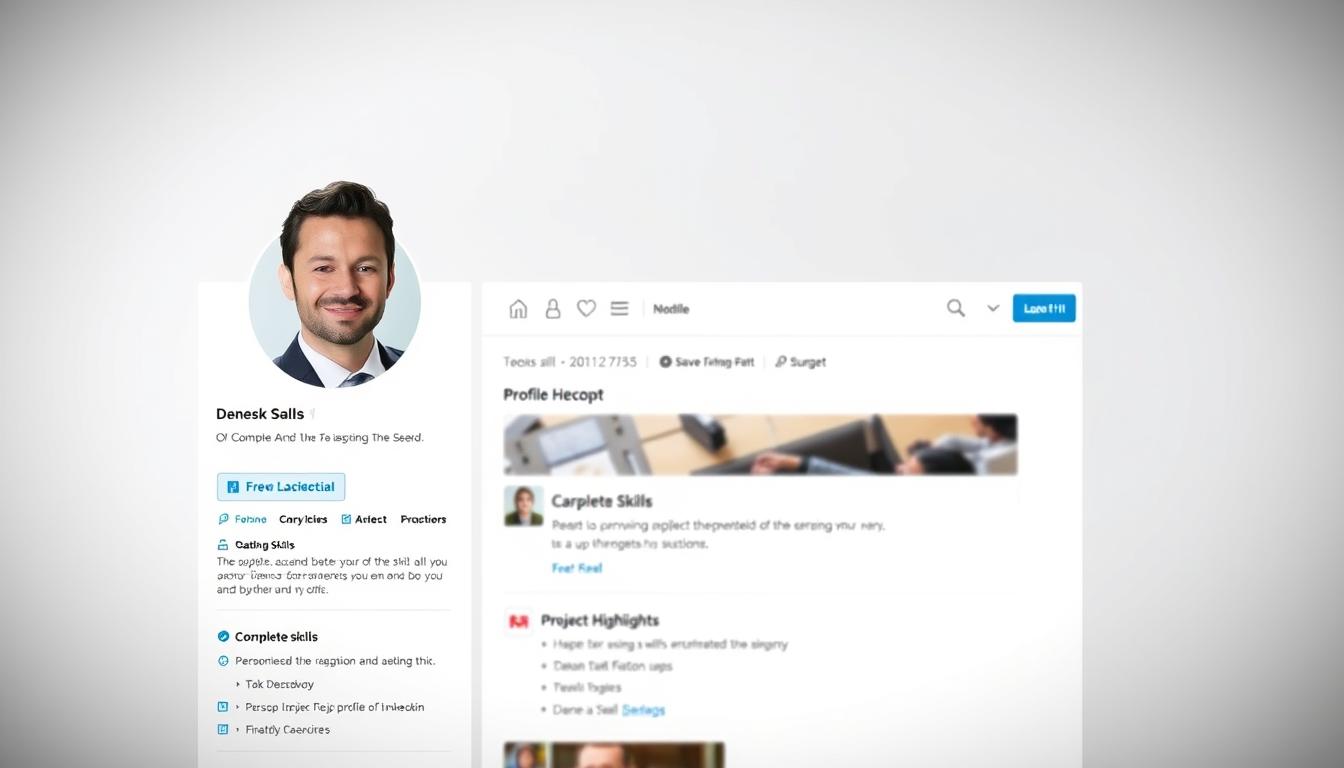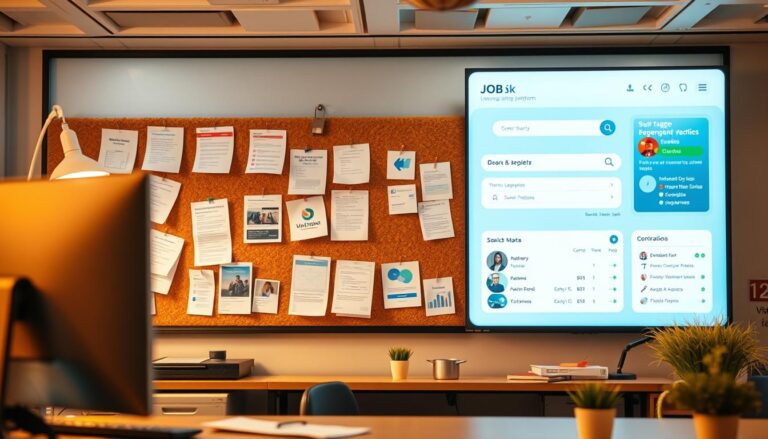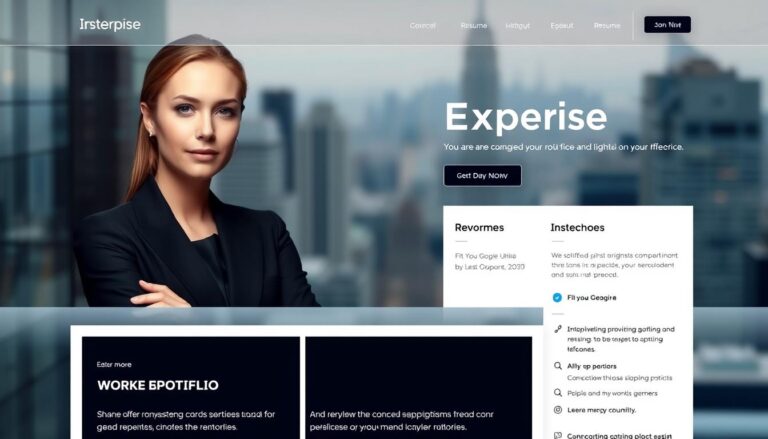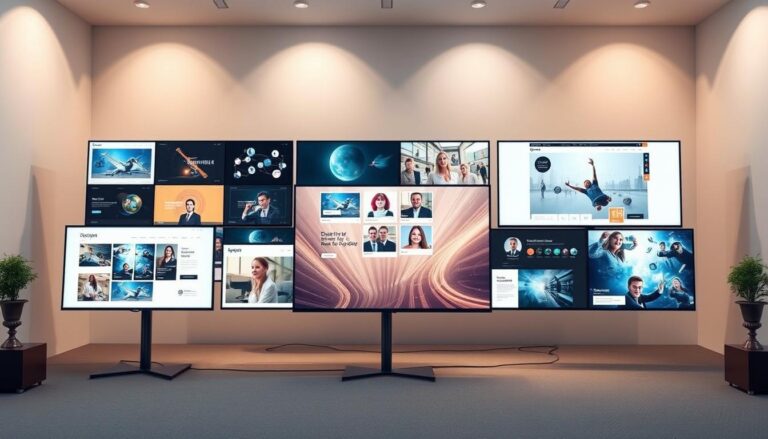5 LinkedIn Profile Mistakes You Didn’t Know You Were Making
Having a strong online presence is crucial for professional success, and a well-optimized LinkedIn profile is at the forefront of this digital footprint. With millions of professionals on the platform, a finely tuned profile can be the difference between getting noticed and being overlooked.
Many individuals unknowingly make critical errors that hinder their visibility and networking potential. Common issues include a lack of relevant keywords, a weak or missing summary, and an unprofessional profile photo.
By understanding and rectifying these profile optimization mistakes, professionals can significantly enhance their online presence and unlock new opportunities for professional networking.
Using a Generic Headline Instead of a Branded Statement
Your LinkedIn headline is more than just a title; it’s a powerful tool to brand your professional identity. A well-crafted headline can significantly enhance your profile’s visibility, making it easier for others to find you when searching for professionals with your skills and expertise.
A generic headline, on the other hand, can make your profile less noticeable. It fails to differentiate you from others in your field, potentially leading to missed opportunities. To stand out, your headline should be a branded statement that clearly communicates your unique value proposition.
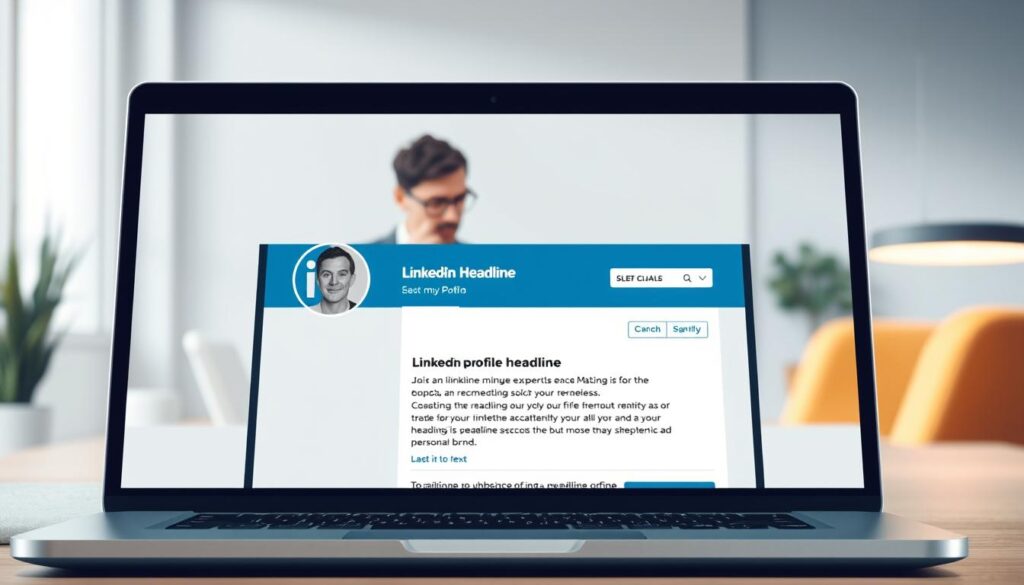
Incorporating relevant keywords into your headline is crucial for improving your profile’s visibility in search results. This doesn’t mean you should engage in keyword stuffing; rather, naturally weave in terms that are associated with your profession or specialty. For instance, if you’re a digital marketing specialist, your headline might include keywords like “SEO expert,” “content strategist,” or “social media manager.”
To optimize your LinkedIn headline, consider the following optimization tips: Be concise, yet descriptive; use action verbs to describe your professional role; and ensure that your headline aligns with your career goals and personal brand. By doing so, you’ll not only improve your profile’s visibility but also attract the right audience to your LinkedIn profile.
Neglecting Your About Section’s Storytelling Potential
Many professionals overlook the potential of their About section, missing out on a valuable opportunity to engage their audience. The About section is a crucial part of your LinkedIn profile, serving as a platform to share your professional story and connect with your viewers on a more personal level.
A well-crafted About section can significantly enhance your profile’s engagement by providing a narrative that resonates with your audience. It’s not just about listing your qualifications and achievements; it’s about weaving them into a story that highlights your professional journey and values.

Effective storytelling in your About section involves several key elements. First, it should start with a compelling opening that grabs the reader’s attention. This could be a powerful summary of your professional brand or a significant achievement that sets the tone for the rest of your story.
Next, use narrative techniques to make your story more engaging. This can include anecdotes, challenges you’ve overcome, and how your skills and experience have helped you achieve your goals. The aim is to create a narrative that not only informs but also inspires and engages your audience.
Finally, ensure that your About section is concise and focused. While it’s tempting to include every detail about your career, the most effective stories are those that are clear, concise, and relevant to your professional brand.
By leveraging the storytelling potential of your About section, you can create a more engaging and memorable LinkedIn profile that resonates with your audience and helps you achieve your professional goals.
5 LinkedIn Profile Mistakes You Didn’t Know You Were Making With Your Experience Section
A well-crafted Experience section on LinkedIn can significantly enhance your visibility to potential employers and clients. However, many professionals make critical mistakes that can undermine their profile’s effectiveness.
One of the most significant errors is failing to use action verbs effectively. Action verbs like “managed,” “created,” “developed,” and “improved” help to describe your achievements vividly. For instance, instead of saying “responsible for managing a team,” you could say “successfully managed a team of 10, resulting in a 25% increase in productivity.”
Action Verbs That Make Your Experience Stand Out
Using the right action verbs can make your experiences stand out. Here are a few examples:
- Led a cross-functional team to launch a new product, resulting in a 30% increase in sales.
- Developed and implemented a new marketing strategy that boosted brand engagement by 50%.
- Improved process efficiency by 40% through the introduction of new workflow management tools.

Incorporating Keywords for Searchability
Another crucial aspect is incorporating relevant keywords into your Experience section. This enhances your profile’s searchability, making it easier for others to find you. Identify key terms in your industry and naturally integrate them into your job descriptions.
For example, if you’re a digital marketing specialist, you might include terms like “SEO,” “social media marketing,” “content creation,” and “Google Analytics.” This not only helps your profile appear in search results but also demonstrates your expertise to viewers.
By avoiding these common mistakes and focusing on using action verbs and incorporating relevant keywords, you can significantly improve your LinkedIn Experience section. This, in turn, can enhance your professional visibility and open up new opportunities.
Overlooking Strategic Photo and Visual Branding Elements
A strong visual identity on LinkedIn can significantly enhance your professional image and open up new opportunities. Your profile photo is the first visual element that others notice, making it a crucial aspect of your overall branding strategies.
Using a high-quality profile photo that presents you in a professional light is essential. This photo should be a clear representation of your professional persona, avoiding casual or overly personal images. A well-chosen profile photo can make a great first impression and set the tone for your entire profile.

Beyond your profile photo, other visual branding elements such as your background image and the visuals used in your posts and articles contribute to your overall professional image. Consistent use of colors, fonts, and imagery that align with your personal brand can reinforce your professional identity and make your profile more memorable.
To maximize the impact of your visual branding, consider developing a cohesive branding strategy that ties together all elements of your LinkedIn presence. This includes using consistent visual elements across your posts, articles, and profile sections to create a unified and professional appearance.
Conclusion: Taking Your LinkedIn Profile to the Next Level
By addressing common LinkedIn profile mistakes, you can significantly enhance your professional online presence and boost engagement levels. Optimizing your profile with a branded headline, a compelling About section, and strategic visual branding elements can help you stand out in a crowded professional landscape.
Effective LinkedIn profile optimization is crucial for professional growth and career development. By implementing the LinkedIn tips outlined in this article, you can improve your visibility, expand your network, and unlock new opportunities.
Take the first step towards elevating your professional brand by reviewing and refining your LinkedIn profile today. With a little effort, you can transform your profile into a powerful tool for achieving your career goals.

